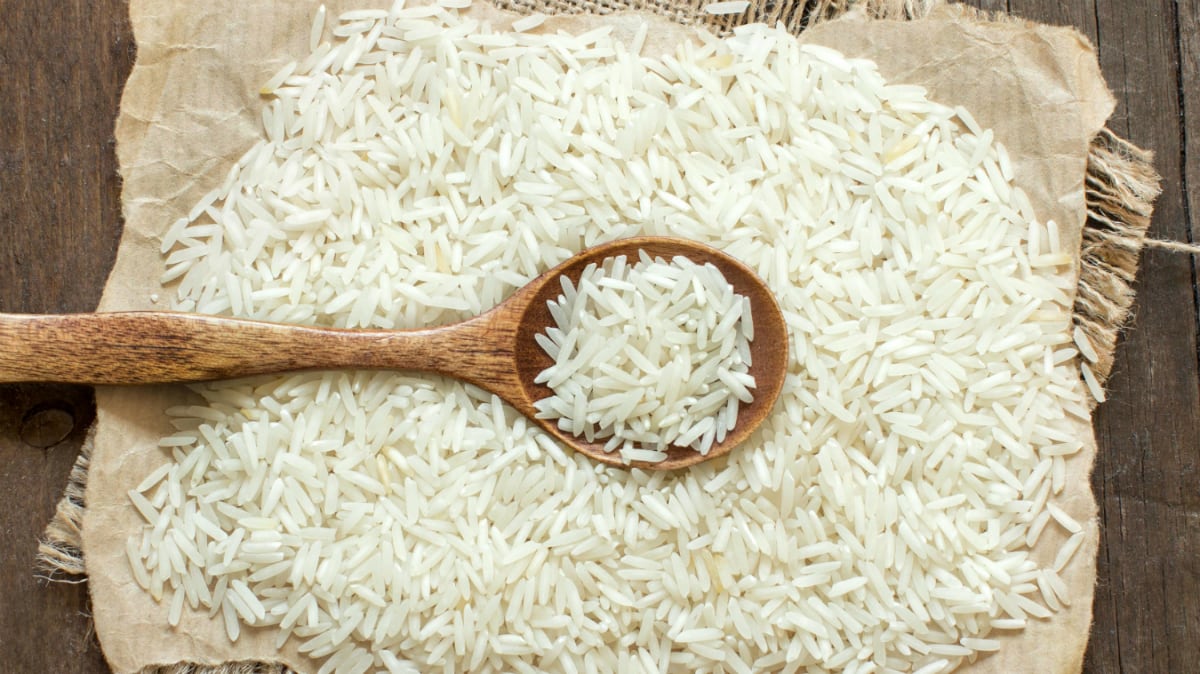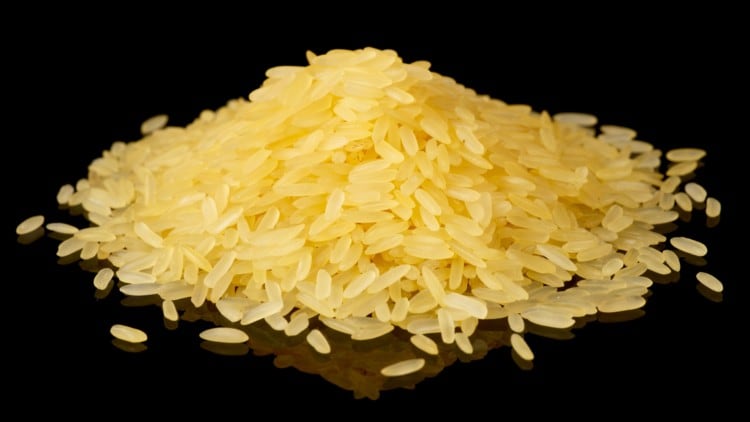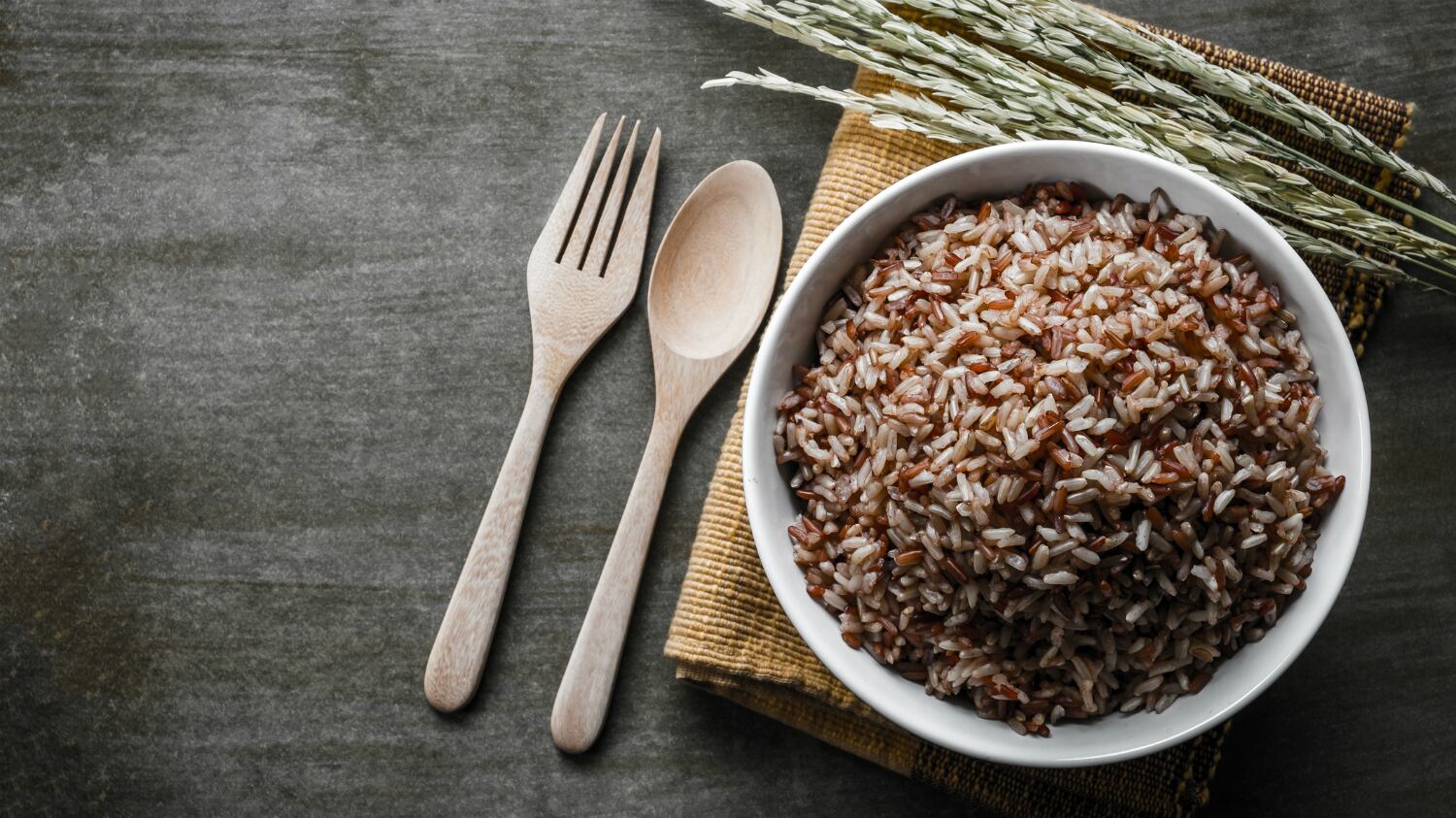Inflation in the country has also reached a five-year high.
Rice costs continued on an upward trend despite imported supplies arriving in June. Philippines’ National Food Authority (NFA) has admitted the lack of effect the imports have had on the predicted lowering of prices, especially in Manila, the nation’s capital city.
“As of now, no effect. There are areas that have minimal reduction but here in Metro Manila, where we do not have rice production, there is none,” it said in a statement.
The imports of 500,000 metric tons (MT) worth of rice were commissioned earlier in the year by NFA. This was in an effort to deal with the NFA’s shortage of rice reserves, which at one point had dwindled down to two days’ worth, as reported by the state-run agency.
The NFA is a government agency responsible for safeguarding the stability of rice supply and prices in the country. Rice is the nation’s main staple food.
The Philippine Statistics Authority (PSA) reported that the average wholesale price of well-milled rice had risen to USD 0.81 (P43.18) per kilogramme this month, a rise of 10% from a year ago. Its average retail price saw a 9% year-on-year increase to USD 0.86 (P45.71).
Regular-milled rice was hit even harder, rising 13% year-on-year to USD 0.75 (P40.08) in wholesale prices, and 11% to USD 0.79 (P42.26). Palay (unhusked rice) also rose 13% year-on-year, to USD 0.41 (P22.11).
PSA previously only predicted a ‘slight increase’ in rice prices as of late last year.
Inflation woes in the Philippines
The rising cost of rice is only one of Philippines’ concerns, as food inflation rates are also the highest they have been in five years.
Since the implementation of the Tax Reform for Acceleration and Inclusion (TRAIN) law in January this year, the inflation rate has also been on an upward trend, and hit 5.7% in July. This is the fastest rate of increase registered in the Philippines since 2012 was set as the base to determine inflation.
Despite this, the government remains confident that this is a temporary situation, and will stabilise by the end of the year. Socioeconomic Planning Secretary Ernesto Pernia said: “The current surge in inflation is partly an initial reaction to the implementation of TRAIN and is expected to be short-lived and should taper off over the coming months.
“For 2019, inflation is assessed to go back to target,” he added. “We expect inflation to peak in the third quarter and taper off by October.”
What is TRAIN?
TRAIN forms the first part of the Philippine government’s Comprehensive Tax Reform Program (CTRP). Its aim is to “create a more just, simple, and more effective system of tax collection, as per the constitution, where the rich will have a bigger contribution and the poor will benefit more from the government’s programs and services,” as per the Philippine Department of Finance website.
Implementation of the TRAIN law served to raise or enforce new taxes on products like sugary drinks, vehicles, petroleum and others.
The Philippine Department of Finance has been adamant that TRAIN has played no part on inflation. Pernia disagrees, saying of the situation: "Oil prices are really going up […] Also, the depreciation of the peso and the TRAIN [law] is also a culprit."
Trouble within the NFA
Others have pointed to organisational and management issues within the NFA as a contributor to rising rice prices as well as food inflation rates.
"There is [a] shortage of NFA rice in the market. You implement TRAIN and you are not ready with the price of rice," said University of the Philippines (UP) Diliman School of Statistics dean Dennis Mapa.
After NFA administrator Jason Aquino announced the shortage of rice buffer stock earlier this year, he was questioned in a Senate inquiry. Queries surrounded Aquino’s reasoning for not procuring lower-priced local grains during these months to maintain supply.
“You should have buffer to make sure traders would not take advantage of the farmers. You'll say there's no NFA rice but it's your job. Why are you announcing that you could not do your job?” asked Senator Cynthia Villar, chair of the Senate committee on agriculture and food.
Upcoming rice tariffication bill
In an effort to ease the effects of inflation, the government is all set to pass its rice tariffication bill into law within the year.
This would amend the existing 22-year-old Agricultural Tariffication Act of 1996, which gives rice import monopoly to the NFA. Passing this bill is expected to directly reduce the inflation rate by 0.4%
"The private sector will start importing. The more private sector imports, the supply of rice enlarges and therefore the price of rice goes down," said Pernia.





